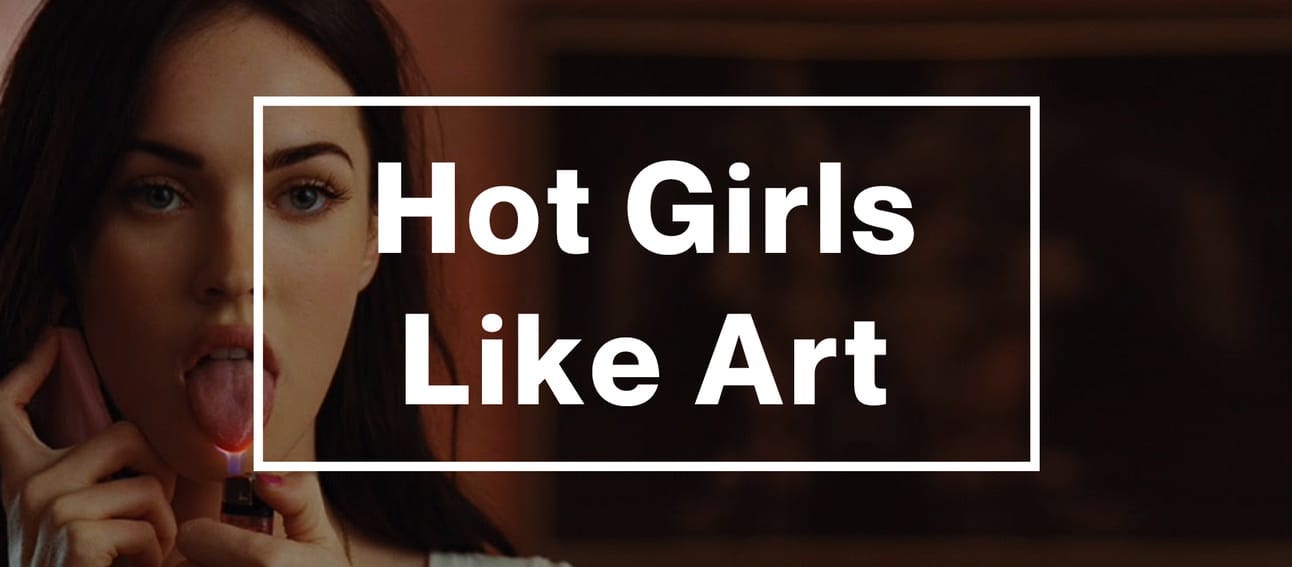scary, scary, scary
This week, I’ve started waking up afraid.
Not every day.
But enough that I’ve stopped pretending it’s a phase.

There’s a moment in the morning, before the phone, before the work, where the weight of everything I’ve built folds into my chest.
It’s not a fear of failing.
It’s something less neat.
The fear that it’s working.
And if it works, there’s no excuse l…
Keep reading with a 7-day free trial
Subscribe to Hot Girls Like Art to keep reading this post and get 7 days of free access to the full post archives.


